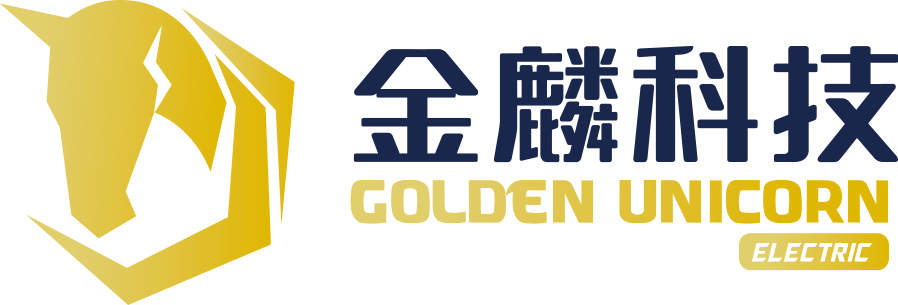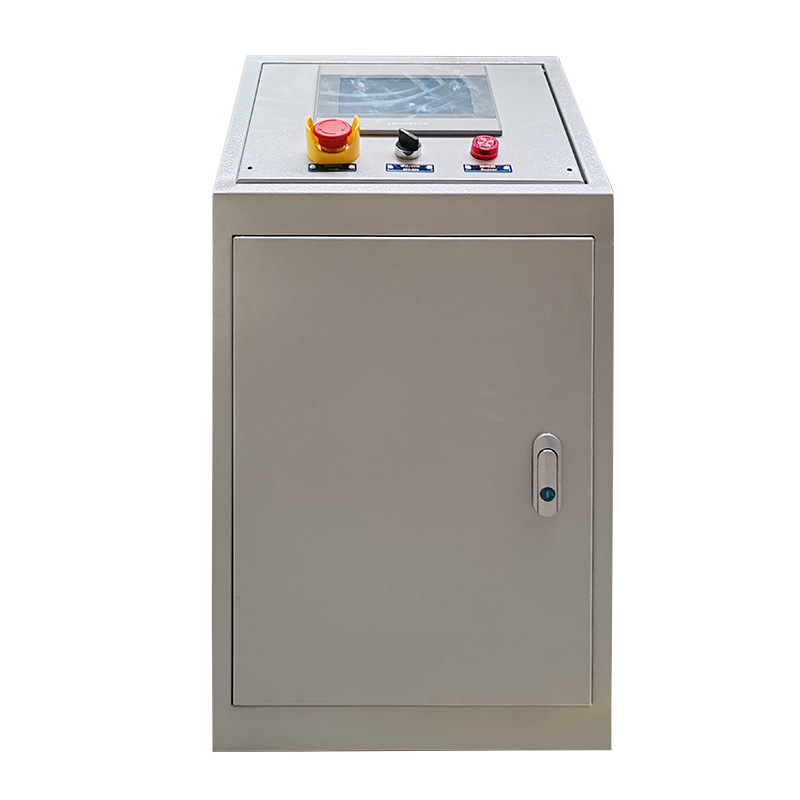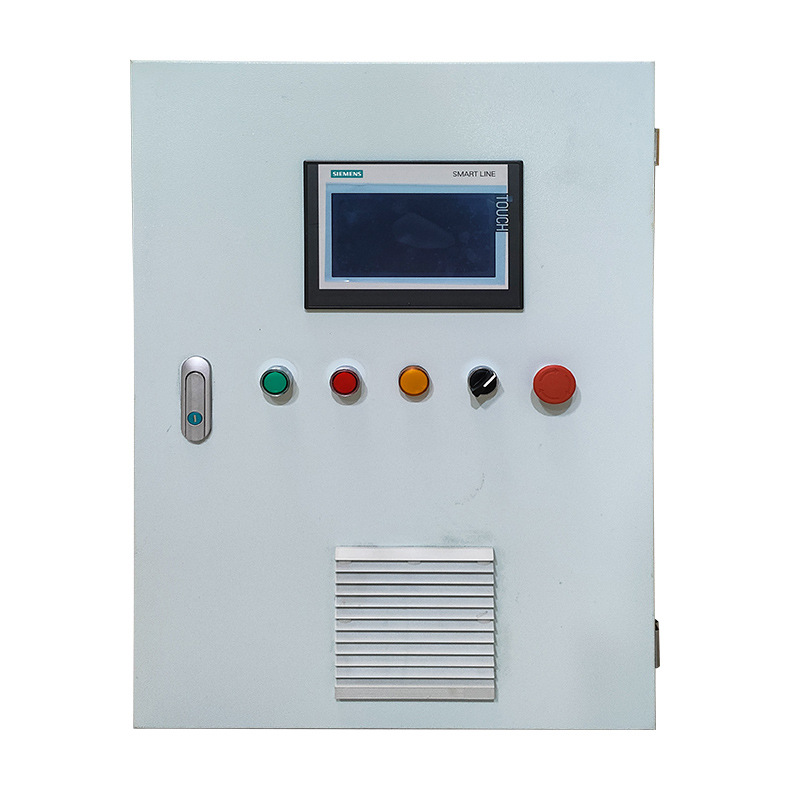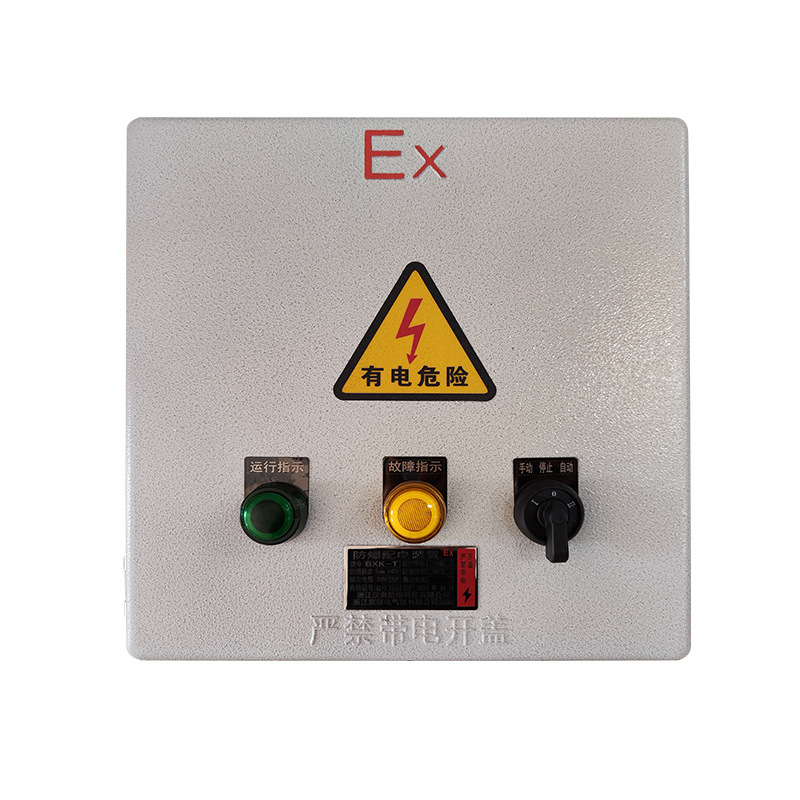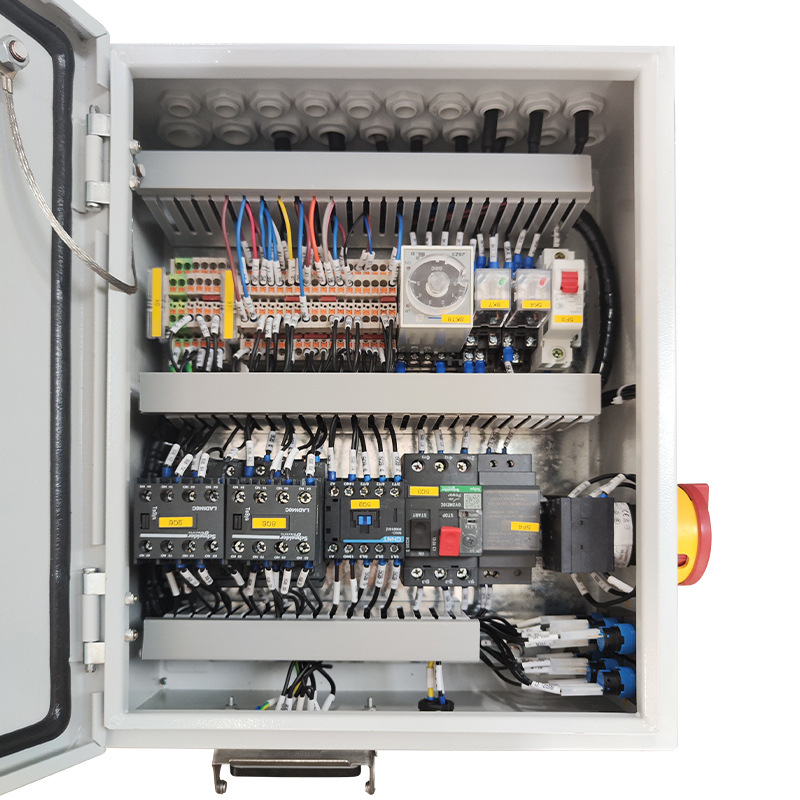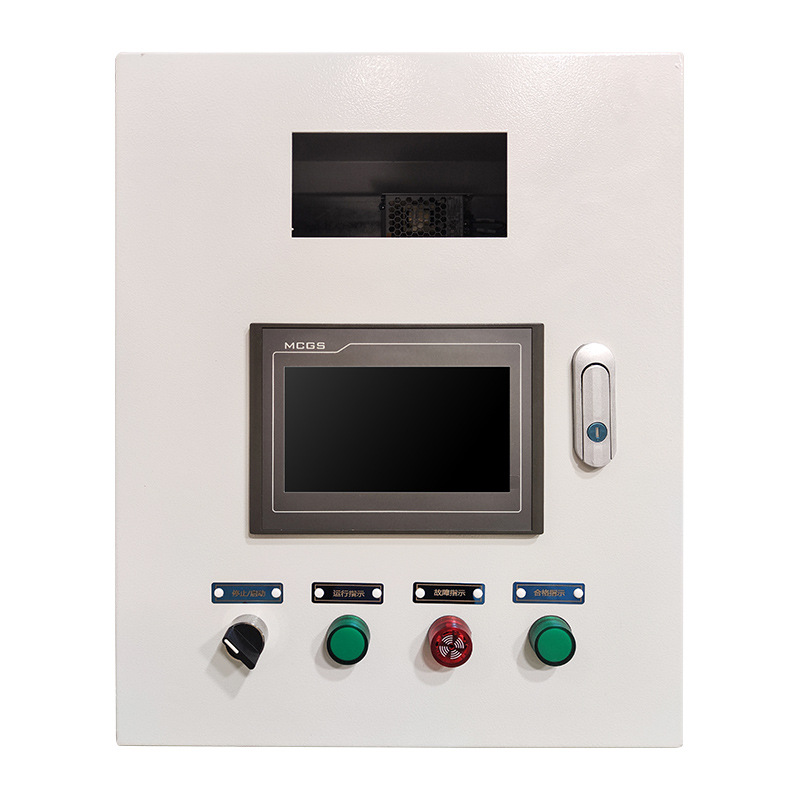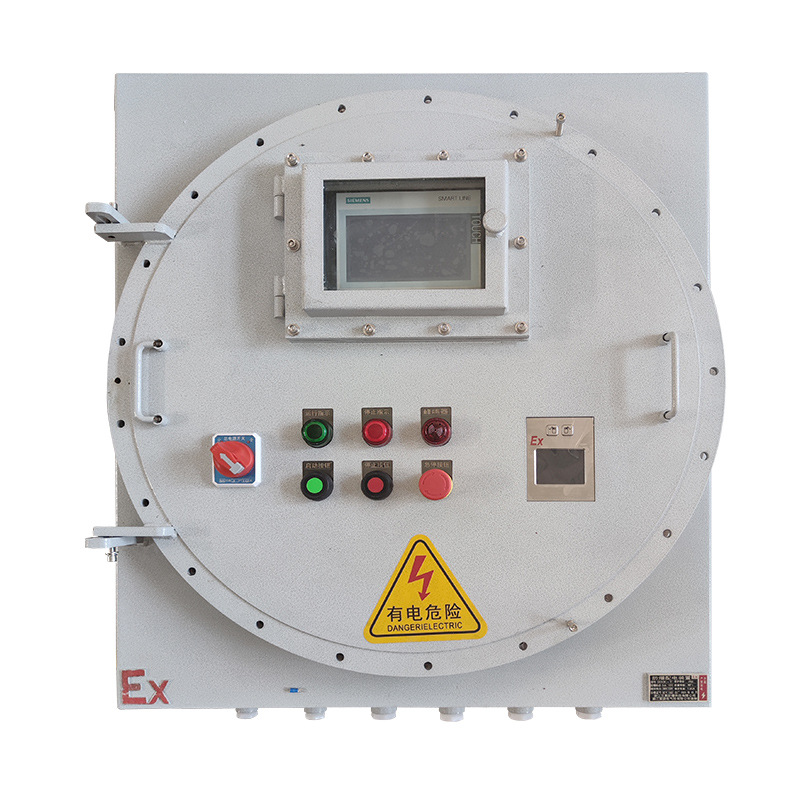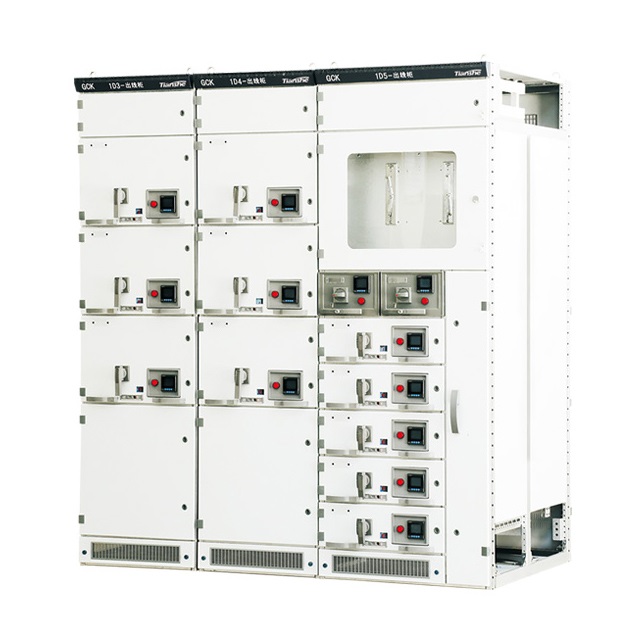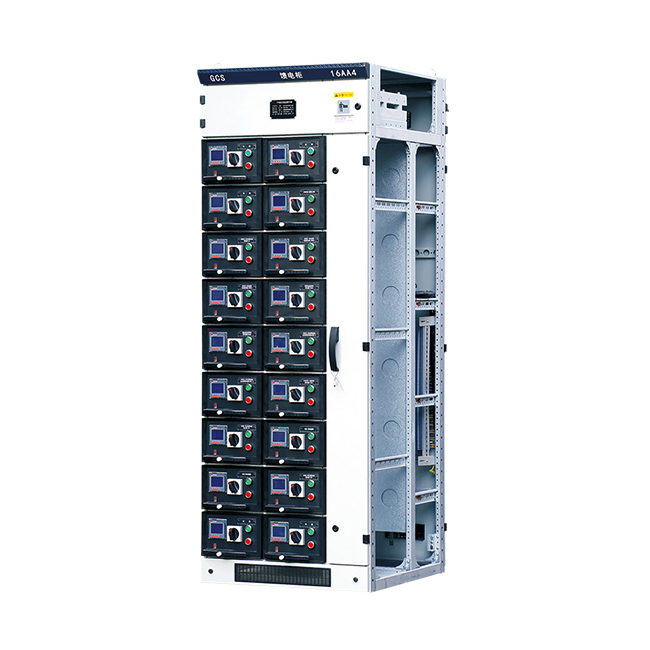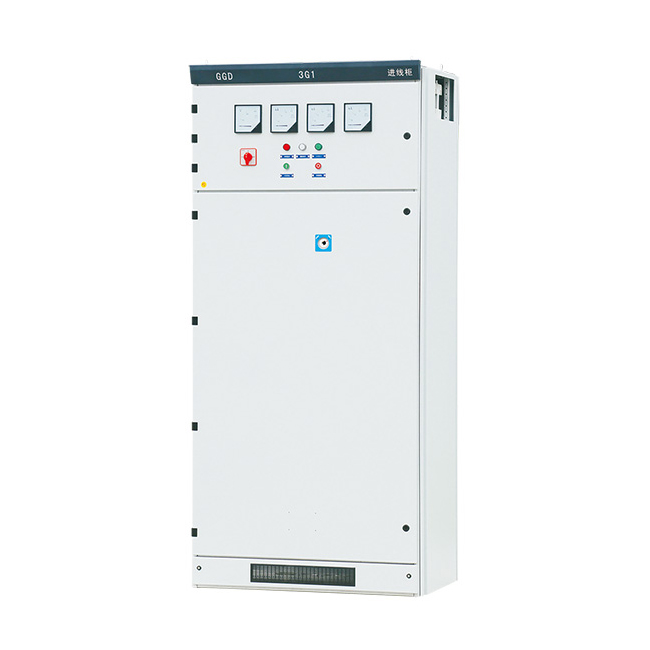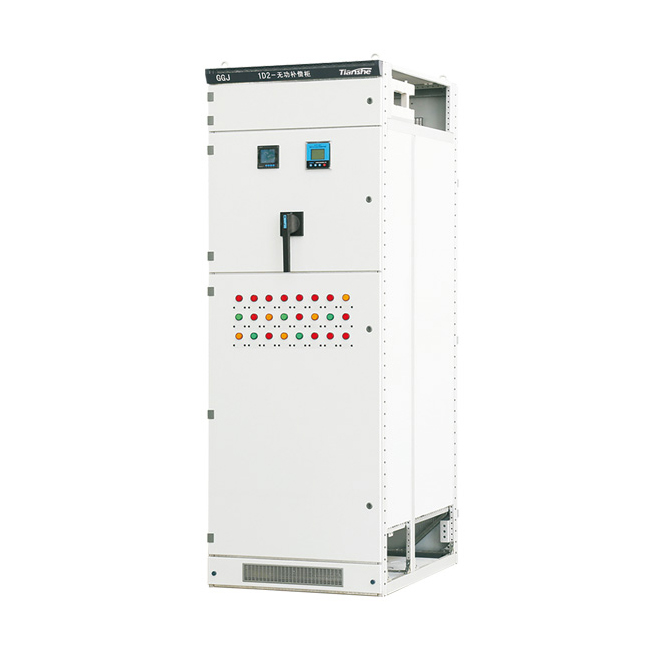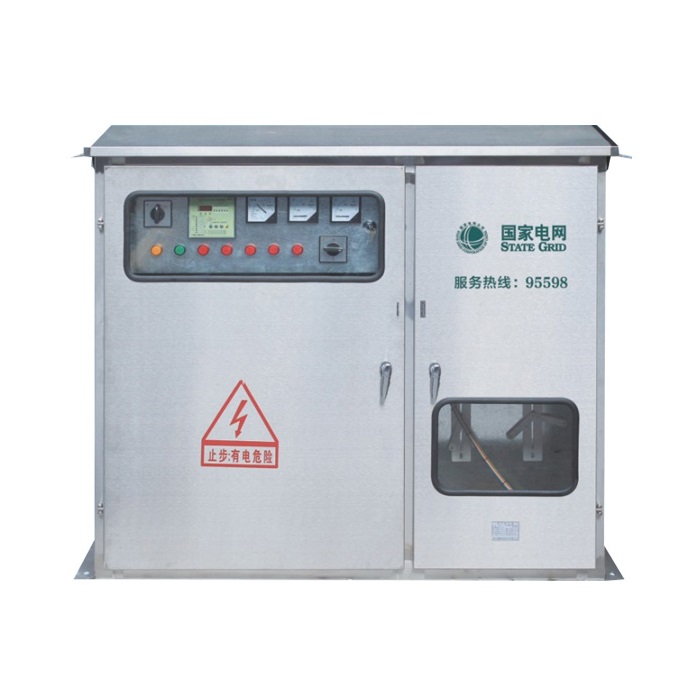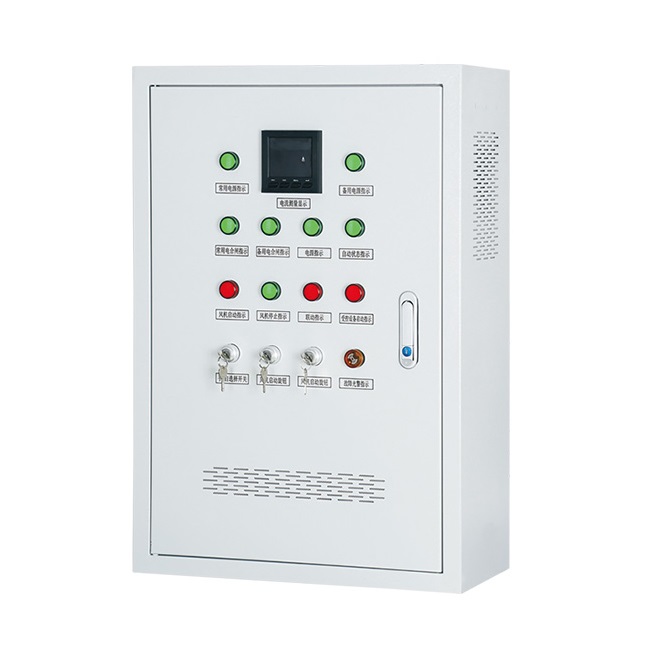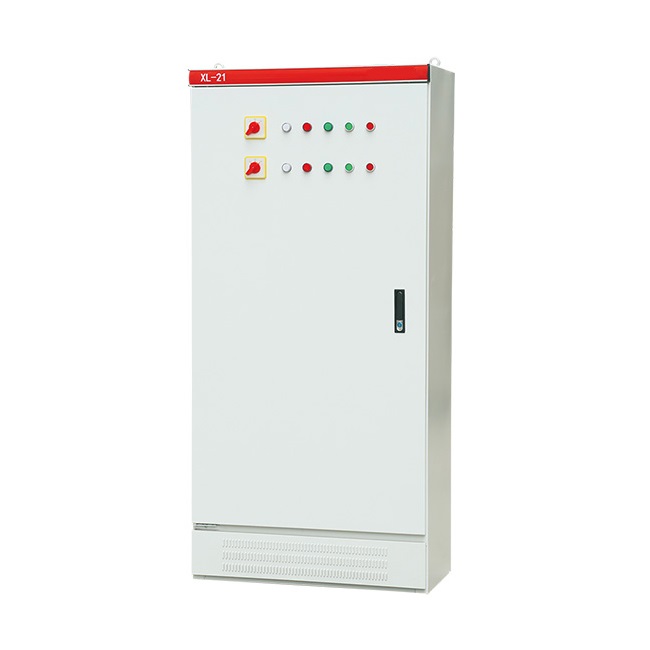 选择语言
选择语言
The safe operation of the power grid in the 14th Five-Year Plan faces many new challenges
Editor's note: During the "12th Five-Year Plan" and "13th Five-Year Plan", due to the controversy over ultra-high voltage, the power grid planning, as an important platform for optimizing the allocation of energy resources, has not been released, but this has not affected the moderate and advanced development of the power grid. In order to meet the power demand of economic and social development in the new era, the power grid has not only undergone tremendous changes in physical grid structure and transmission technology, but also has been affected by the large-scale access of multiple power sources, especially intermittent and volatile new energy sources, as well as the integration of energy flow, data flow, and information flow. The connotation of power grid construction and development has also undergone profound changes, which has put forward new requirements for the safe operation of the entire power system. Therefore, in order to ensure the sustainable development of the economy and society in the "14th Five-Year Plan", the "14th Five-Year Plan" power grid planning should be done in advance to make the power grid and even the power development more scientific.
Recently, the Energy Transformation Development Forum and the 2019 Achievements Release Conference of the State Grid Energy Research Institute with the theme of "Energy Transformation: The Path of Electricity Development in the 14th Five-Year Plan" revealed that during the 14th Five-Year Plan period, on the power supply side, clean energy installed capacity grew rapidly, the grid-related performance of clean energy units was poor, and the power system was insufficient to flexibly adjust the power supply; on the grid side, the contradiction between "strong direct current and weak alternating current" of ultra-high voltage, the anti-disturbance ability of the power grid decreased, and the stability of the system became more complex; on the load side, the coexistence of multiple energy sources such as cold, hot and electric, the widespread access of distributed power sources, the accelerated integration of digital technology, and the in-depth promotion of power reform will all pose new challenges to the safe operation of the power grid. In this regard, the experts at the meeting put forward suggestions on strengthening grid research, building ultra-high voltage supporting power sources, and strengthening the regulation capabilities of the power system.
Zhao Qingbo, assistant to the general manager of the State Grid Corporation, further pointed out that it is necessary to deepen the research on the characteristics of large power grids, improve the grid structure, build a three-dimensional defense system for the safety of large power grids, continuously improve the defense capabilities of traditional and non-traditional risks, and effectively prevent the risk of large-scale power outages.
The strong coupling characteristics of AC and DC transmission and receiving ends are complex
Frequency stability problems occur after asynchronous interconnection
It is understood that since 2009, the State Grid supply area has built Xiangjiaba-Shanghai, Jinping-Southern Jiangsu, Hami South-Zhengzhou, Xiluodu-Western Zhejiang, Ningdong-Zhejiang, Jiuquan-Hunan, Northern Shanxi-Jiangsu, Ximeng-Taizhou, Shanghai Temple-Shandong, Zhalute-Qingzhou ±800 kV and Zhundong-Southern Anhui ±1100 kV UHV DC projects, as well as other cross-provincial and cross-regional DC transmission projects, allowing the State Grid to form seven DC groups, namely Xinjiang Hexi DC group, Ningxia DC group, Sichuan DC group, Shandong DC group, Anhui Jiangsu DC group, Shanghai DC group, Zhejiang DC group. Among them, the actual power transmission capacity of the Anhui Jiangsu DC group is close to 30 million kilowatts.
Compared with the rapid development of UHV DC, UHV AC is advancing steadily. At present, the 1000 kV UHV ring network of East China Power Grid has been formed, the 1000 kV UHV transmission and multi-ring network structure of North China Power Grid are under construction, and the preliminary work of the 1000 kV UHV grid of Central China Power Grid is underway. The problem of "strong DC and weak AC" of UHV is prominent.
At the same time, the supply area of Southern Power Grid has built the Yunnan-Guangdong, Yunnan Pu'er-Guangdong Jiangmen, Northwest Yunnan-Guangdong ±800 kV UHV DC projects and other cross-provincial and cross-regional AC and DC transmission projects, a total of 18 major transmission channels for west-to-east power transmission, including "eight AC and ten DC".
Zhou Xiaoxin, an academician of the Chinese Academy of Sciences, pointed out: "With the construction of UHV AC/DC power grids and the continuous grid connection of large-scale new energy, my country's power grid structure and power supply structure are undergoing major changes. The complex strong coupling characteristics of AC/DC transmission and receiving ends bring new challenges to the analysis and control of power grid stability." For example, the failure of simultaneous commutation of multiple DC circuits will produce huge energy shocks, which is easy to cause power angle stability problems and instantaneous overvoltage risks in the transmitting grid; the scale of DC feed-in in the receiving area is constantly increasing, which requires high voltage support capacity of the system, and there are voltage stability problems when receiving a large proportion of power.
In order to solve the problem that the power flow transfer after the blocking of multiple DC circuits caused by the "strong DC and weak AC" of UHV may cause instability of the main grid, in July this year, the State Grid built and put into operation the Chongqing-Hubei DC back-to-back interconnection project, so that the Southwest Power Grid and the Central China Power Grid can realize asynchronous operation. The Xiangjiaba-Shanghai, Jinping-Southern Jiangsu, Xiluodu-Western Zhejiang UHV DC faults will no longer have an impact on the Chongqing-Hubei section and the Southeast Shanxi-Nanyang-Jingmen UHV AC project, and the transmission capacity of the hydropower transmission channel in the Southwest Power Grid has been improved. However, after asynchronous operation, frequency stability problems occurred, which made the Southwest Power Grid unable to withstand the N-2 fault disconnection of hydropower transmission. In order to avoid water abandonment, it was forced to adopt DC coordination and cancel the above three UHV DC rapid rise functions.
The proportion of power electronic devices increased
The grid stability analysis method needs to be updated
At the same time, power electronic technology is widely used in various links of power systems such as generation, transmission, transformation, distribution and use, making the originally less controllable power grid gradually "flexible", pushing the power system into a flexible, intelligent and controllable era.
For example, flexible AC transmission technology (FACTS) can enhance the regulation and flow optimization capabilities of AC power grids and provide emergency power and voltage support; controlled series compensation devices (TCSC) are connected in series in AC transmission lines to reduce line impedance, increase transmission power, and enhance system transient stability; unified power flow controllers (UPFC) can simultaneously and uniformly control or selectively control parameters that affect the active and reactive power flows of lines, and have good application prospects in areas with high load density, high power supply reliability requirements, and tight line corridor resources; flexible DC transmission provides an effective technical means to improve the flexible control level of power grids.
So far, my country has built and put into operation a 500 kV UPFC project with the world's highest voltage level and capacity in the southern power grid of Suzhou, and built a UPFC project in the 220 kV West Ring Network in Nanjing; built flexible DC transmission projects such as Nanhui, Nan'ao Island, Zhoushan, and Xiamen, and is building Wudongde hybrid DC, and will build the Baihetan cascade hybrid DC project...
Not only the power grid, but also the connected new energy and other generators are increasingly using power electronics technology devices. Zhou Xiaoxin introduced: "The large-scale replacement of conventional units by power electronic devices has led to a decrease in the overall inertia of the system. In recent years, many frequency stability accidents have occurred in areas with a high proportion of new energy."
At the same time, the rated current, voltage level, and power density of power electronic technology have continued to increase, the unit capacity cost has decreased, the volume has decreased, and the loss has decreased. In addition, power electronic devices and devices have begun to appear and gradually mature. "The increasing proportion of power electronic devices in the power system will make the stability of the power grid more complex. In addition to the more serious dynamic voltage problem, various wide-range frequency oscillation problems will also occur, making comprehensive control more difficult. Therefore, the power grid stability analysis method needs to be updated." Tang Guangfu, an academician of the Chinese Academy of Engineering and president of the Global Energy Internet Research Institute, pointed out.
Large-scale grid connection of renewable energy
Integrated development with digital technologies
In addition to the contradiction of "strong direct current and weak alternating current" on the grid side and the decline in the anti-disturbance ability of the grid, the large-scale grid connection of renewable energy on the power supply side also brings new challenges to the safe and stable operation of the power grid. Zhou Xiaoxin introduced that with the large-scale grid connection of renewable energy, due to the joint action of various power regulation equipment, oscillation problems of multiple power plants, multiple units and multiple modes may occur, causing broadband oscillation of subsynchronous-supersynchronous-high-frequency band.
Zhao Qingbo pointed out: "The large-scale and rapid development of new energy power generation has put forward higher requirements for system peak regulation, real-time balance and coordinated control. During the '14th Five-Year Plan' period, if flexible resources such as energy storage and demand-side response cannot be applied on a large scale, as the technical means available in conventional power sources and power grids gradually decrease, the rapid development and consumption of new energy may encounter greater problems."
In addition, Tang Guangfu also said: "On the load side, the coexistence of multiple energy sources such as cold, hot and electric, the widespread access of distributed power sources, and the two-way interaction between electric vehicles and power grids are all new challenges facing modern power grids." As the State Grid accelerates the deployment and construction of ubiquitous power Internet of Things, digital technologies represented by big data, cloud computing, Internet of Things, artificial intelligence, 5G, etc. are increasingly applied to the power system, which will bring about major changes in the energy supply pattern and power trading mode.
Moreover, as the power reform is further promoted, the "14th Five-Year Plan" power market will continue to improve, and the market-based power supply and demand balance will continue to mature, which will bring new challenges to the safe operation of the power grid.
Continue to improve the research on power grid characteristics
Improve the overall efficiency of the power system
For the challenges faced by the safe operation of the "14th Five-Year Plan" power grid, Zhou Xiaoxin suggested that the transmission capacity of the built cross-regional ultra-high voltage direct current should be fully utilized, and the approved and put into operation ultra-high voltage direct current supporting power sources should be built to improve economic benefits; continue to study and improve the transmission voltage level and main grid structure of the six major regional power grids in North China, East China, South, Southwest (Sichuan, Tibet and Chongqing), and Northeast China, among which Central China, Southwest (Sichuan, Tibet and Chongqing), and South should focus on research; carry out exploration and research on asynchronous interconnection between the North China-Central China regional power grids; strengthen theoretical and practical research to solve new phenomena and problems that affect the safe and stable operation of the power system that have emerged with the development of the power grid. "In the 14th Five-Year Plan, new cross-regional transmission channels will be arranged. The supporting power supply at the sending end, the receiving end consumption market, the supporting power grid and the transmission channel should be promoted simultaneously. We should make full use of market means to maintain the transmission efficiency of the existing and newly built cross-regional and cross-provincial channels at a reasonable level." Zhao Qingbo also pointed out.
Regarding the increasing application of power electronics technology and devices in power systems, Tang Guangfu suggested: "It is necessary to accurately simulate complex control systems based on power electronics technology to improve the accuracy of simulation; it is necessary to improve the technical capabilities of digital-analog hybrid simulation and improve the coordinated control and system dispatching capabilities of multiple power electronics equipment." In addition, the reliability and economy of power electronics devices should also be improved.
In addition, Zhao Qingbo put forward specific suggestions on the sustainable development of new energy, power supply and demand, and the construction of system regulation capabilities: "According to the goal of no less than 95% utilization rate of new energy, propose a reasonable scale and layout of new energy development; focus on improving the overall efficiency of the power system, and balance the power according to 95% load, and pay more attention to the balance of electricity; strengthen the construction of system regulation capabilities, promote the unified planning of source-grid-load-storage, increase the proportion of flexible power sources, continue to promote the scheduled commissioning of pumped storage power stations under construction, continue to implement the flexibility transformation of thermal power, and promote the advancement of energy storage technology; accelerate the construction and application of ubiquitous power Internet of Things on the distribution and sales side; promote the integrated development of smart grids and ubiquitous power Internet of Things and the interconnection of energy infrastructure, and promote the sharing of development opportunities across the industry and the entire industrial chain."
